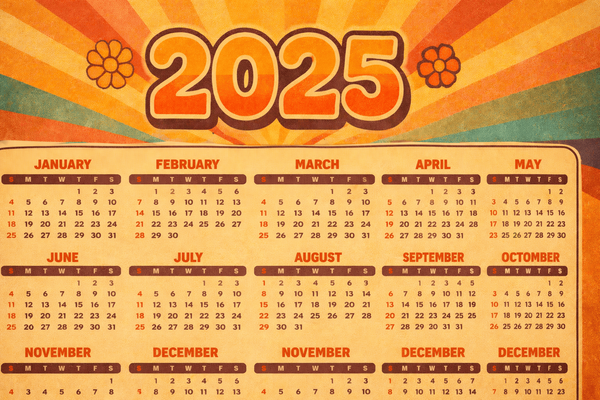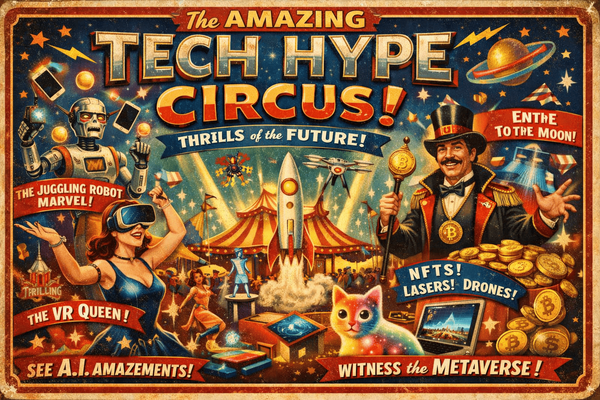Imagining My Digital Life After Twitter
Like dance clubs, social networks come and go. Musk should know better. There is life after Twitter.


I’ve been on Twitter since 2007. I don’t have many “friends” on Twitter. I do have about 1420 followers, probably, the vast majority aren’t actually using the platform or are simply bots. This leaves probably very few people, among which even fewer actually care about what I’m sharing over there. And that’s fine1. On the consumption side of the story, I follow, via the use of Twitter lists, many interesting people from which I get information. One example is a list of information sources related to the war in Ukraine. Many accounts are from fighters at the front lines. I don’t know how I would get my news otherwise. Many users worldwide use Twitter to share essential news about critical situations that need the world’s attention.
My presence on the platform has been like a rollercoaster ride. In recent years, I found a balance: I learned how to circumvent some of the platform's shortcomings (noise, non-linear timelines, etc.). But with recent events, It doesn’t take a lot of thinking to understand that Twitter has become fragile. Its future is nowhere certain. Nobody knows where the platform is going. I bet Musk doesn’t even know, either.
Kicking out the management team and enabling the verified badge for all paying members are probably small blips in the long and tumultuous story of Twitter2. The fundamental problem is that Twitter's relevancy is fading among its user base and ad buyers. Tech pundits look at Twitter as a crumbling castle that once symbolized the greatness of social platforms. It’s a big problem. People are not dumb. On top of that, thanks to the latest layoffs, Twitter is about to undo many advances it made in recent years regarding content moderation. What’s next, we shall ask? Why not turn off APIs access while you’re at it, Elon? Tighter control over the platform consumption is probably something he could do in a heartbeat. I wouldn’t be surprised if it is being discussed internally. I’m not holding my breath on that one.
But you know what? I shouldn’t care too much for Twitter’s future, a big virtual town under the hands of a rich weirdo. What I should care about is imagining my digital life beyond Twitter. There are other ways to get discovered or followed. There are other ways to engage and have a great conversation. The following is a superb example.
Looking at Twitter alternatives, the future is bright. I’m looking at Substack. Again3. Substack is made up of a community of newsletter readers. Author who wishes to do so can start discussion threads, aside of their newsletters. This alternative to the fakely busy place that is Twitter supports discussions, likes, newsletters (of course), followers, and even RSS feeds for content syndication. On top of that, the writing experience on Substack is so much better. No need for things like Typefully.
Just like Facebook, a place I rarely visit these days4, without nostalgia for that matter, Twitter could become the next place I’m leaving behind in my busy digital life. As I get older, quieter and potentially more respectful places become very attractive. Reading longer pieces instead of information blurps provides a less transactional experience for consuming content. I like that more and more.
Yep, there is life after Twitter. Let’s read the news in the coming weeks. And I’ll see.
I think it’s lower than 5% of my followers who actually spend time on Twitter scrolling through my tweets. ↩
These are the latest moves under Musk's “leadership.” ↩
I’ve been on Substack since early 2020. ↩
I don’t want to delete my Facebook account because I don’t want to leave my graph of acquaintances. ↩




